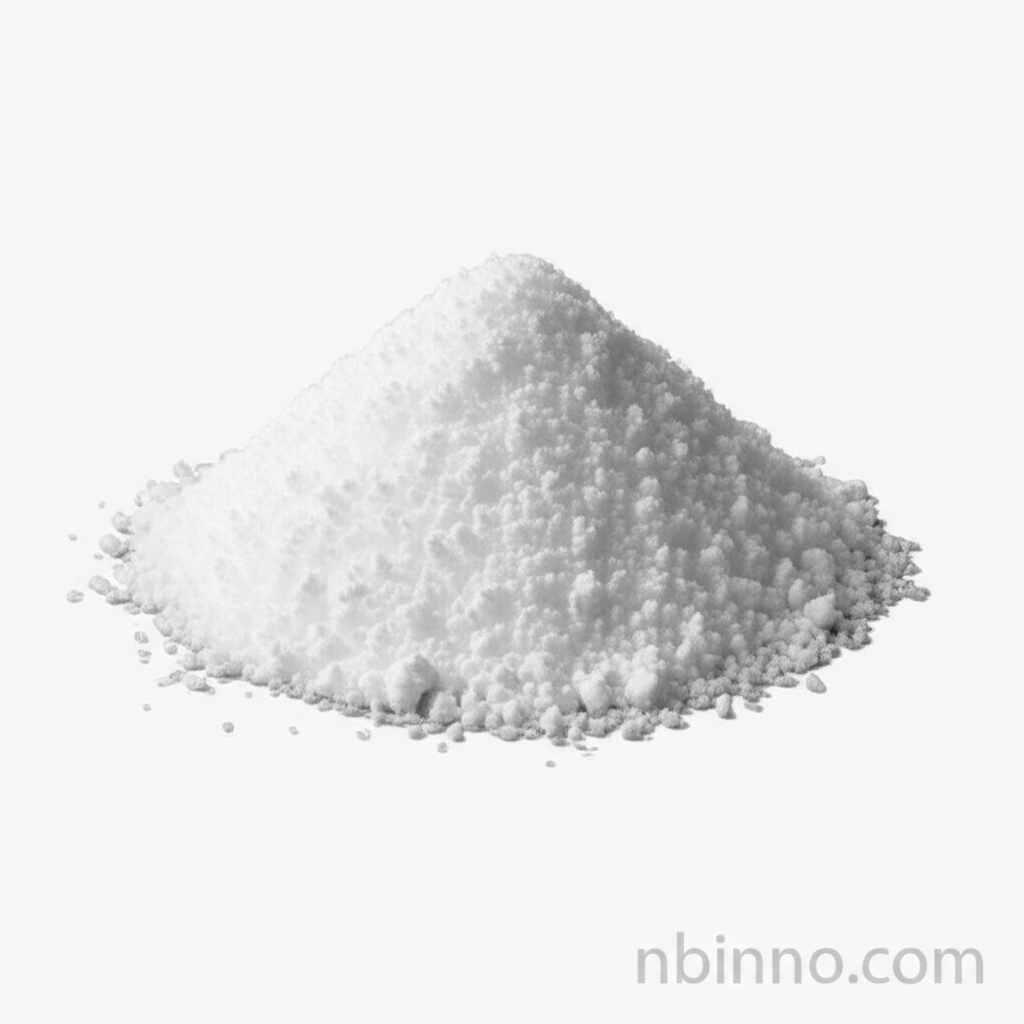Sodium Hypophosphite: A Versatile Reducing Agent for Electroless Plating, Chemical Synthesis, and Flame Retardancy
Discover the multifaceted applications of Sodium Hypophosphite, a key chemical for industrial processes ranging from advanced plating to essential synthesis and safety applications.
Get a Quote & SampleProduct Core Value

Sodium Hypophosphite
As a leading supplier and manufacturer in China, we provide high-quality Sodium Hypophosphite (SHPP), CAS 7681-51-0, a vital chemical intermediate. Its exceptional reducing properties make it indispensable in the Electroless Nickel (EN) process, ensuring uniform plating thickness on metals, plastics, and ceramics. We are a reliable supplier in China, offering this essential compound to meet your diverse industrial needs.
- Leverage the power of a versatile chemical intermediate for your critical processes. Learn more about its use as a chemical synthesis reducing agent.
- Achieve superior surface finishes with our Sodium Hypophosphite, a key component in electroless nickel plating.
- Enhance product safety and performance with its application as a partial fire retardant, a crucial aspect for many modern materials.
- Utilize its antioxidant properties in water treatment applications to maintain system integrity and efficiency, a key benefit as an antioxidant in water treatment.
Advantages Offered by the Product
Enhanced Plating Quality
As a primary reducing agent for electroless nickel plating, SHPP ensures precise and uniform coating deposition, a critical factor for many high-performance applications.
Versatile Chemical Applications
Its role extends beyond plating, serving as a valuable antioxidant and intermediate in chemical synthesis reducing agent processes across various industries.
Improved Material Safety
Incorporating SHPP can enhance the fire resistance of materials, acting as a partial fire retardant, thereby improving safety standards.
Key Applications
Electroless Plating
Critical for achieving uniform and high-quality nickel-phosphorus coatings on non-conductive and conductive substrates, essential for corrosion resistance and wear enhancement.
Chemical Synthesis
Serves as a vital reducing agent and intermediate in organic chemistry, enabling the synthesis of various complex compounds and serving as a chemical synthesis reducing agent.
Water Treatment
Functions as an antioxidant and scavenger in water treatment processes, helping to prevent oxidation and maintain water quality, a key benefit as an antioxidant in water treatment.
Flame Retardancy
Used in the formulation of flame retardants to impart fire-resistant properties to materials like plastics and textiles, contributing to enhanced safety.
